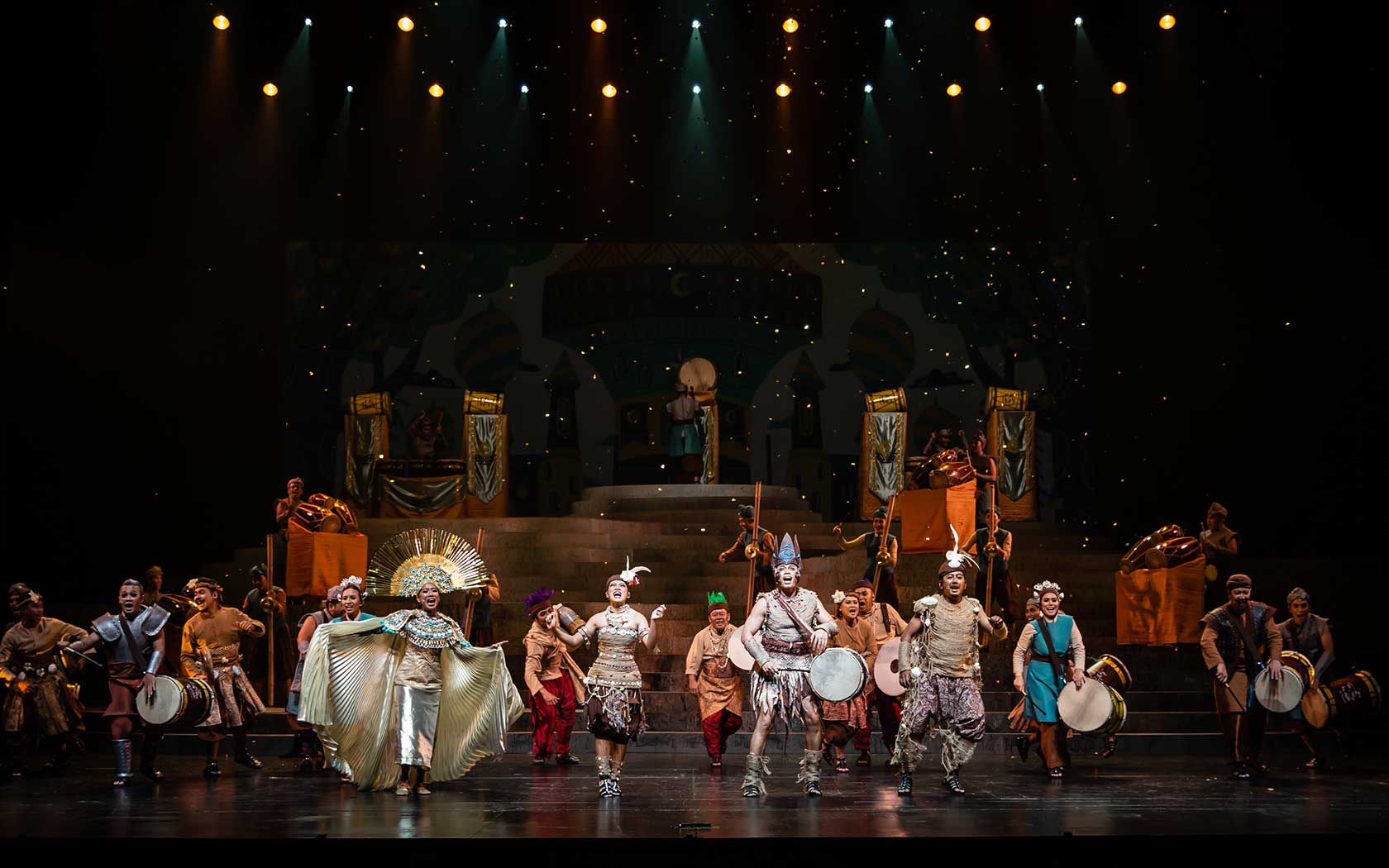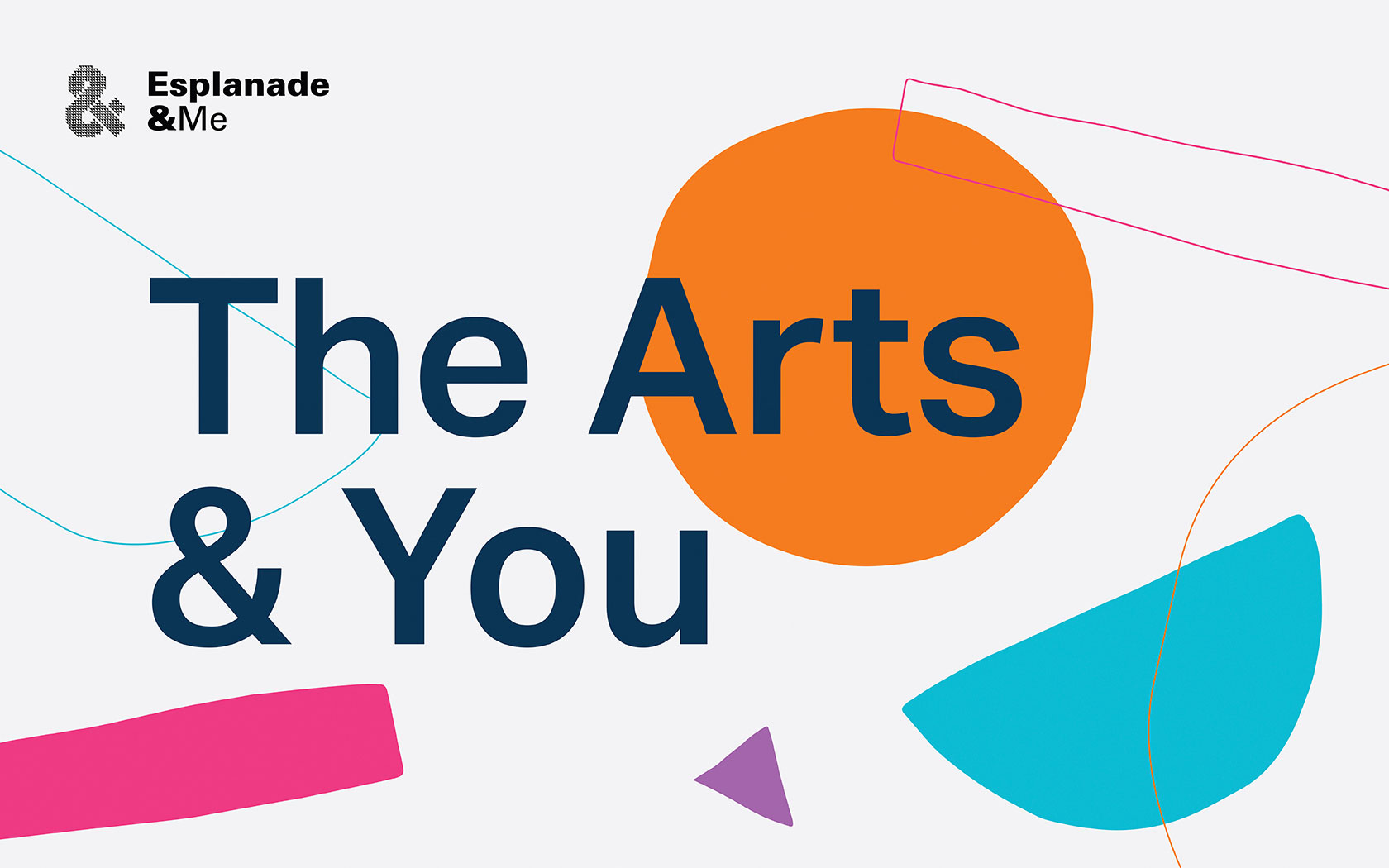We use cookies to improve your experience on our site. To find out more, read our data protection and cookie policy. By using our site, you agree to our use of cookies. Close to continue browsing.
Kang Ouw《侠客行》
Esplanade Tunnel
This event is over.
This event is over.
Set in a magical island, the climactic scene in the Chinese wuxia novel《侠客行》(Xia Ke Xing or Ode to Gallantry) by famed author Jin Yong, witnesses its main protagonist decoding the poems inscribed in a labyrinth of caves. Illiterate, he saw the writings as images, responded to their graphical form and inadvertently attained mastery in the ultimate martial arts technique that eluded his lettered counterparts and predecessors.
Intrigued and informed by the aforementioned episode, Boedi Widjaja’s Kang Ouw《侠客行》unfurls from a system of architectonic-numeral script devised by the artist. These graphical Chinese seal-type forms are presented as banners that line both ends of the Esplanade Tunnel and are shown together with a series of methodologically conceived videos, drawings and sound works that examine notions of space and place. Converging Widjaja's long-standing and personal interest in wuxia films—known as kang ouw amongst the Indonesian Chinese community—alongside text-as-image and codes-in-visuals, the works present layered mediations of various spheres of knowledge fuelled by the artist’s multicultural imagination and experiences.
Fuelled by first-hand experiences of migration, the works of Boedi Widjaja (b. 1975, Indonesia/Singapore) unfold through a variety of mediums and investigate issues of diaspora, hybridity, memory and spatial relations. Recent solo presentations include Boedi Widjaja: Declaration of, Helwaser Gallery, New York, United States (2019) and Boedi Widjaja: Rivers and Lakes Tanah dan air, ShanghART, Singapore (2018). His works have been included in group exhibitions such as the 6th Singapore Biennale (2019–20) and the 9th Asia Pacific Triennial (2018–19).
Special thanks to ShanghART Singapore for the loan of the projectors.
Become a member

Great arts experiences begin with Esplanade&Me. Join this membership to enjoy ticket specials on shows at Esplanade, early bird specials, promotions at Esplanade Mall, unlimited access to Offstage and more.

Never miss a show again. Get on our mailing list.
- Kang Ouw《侠客行》










